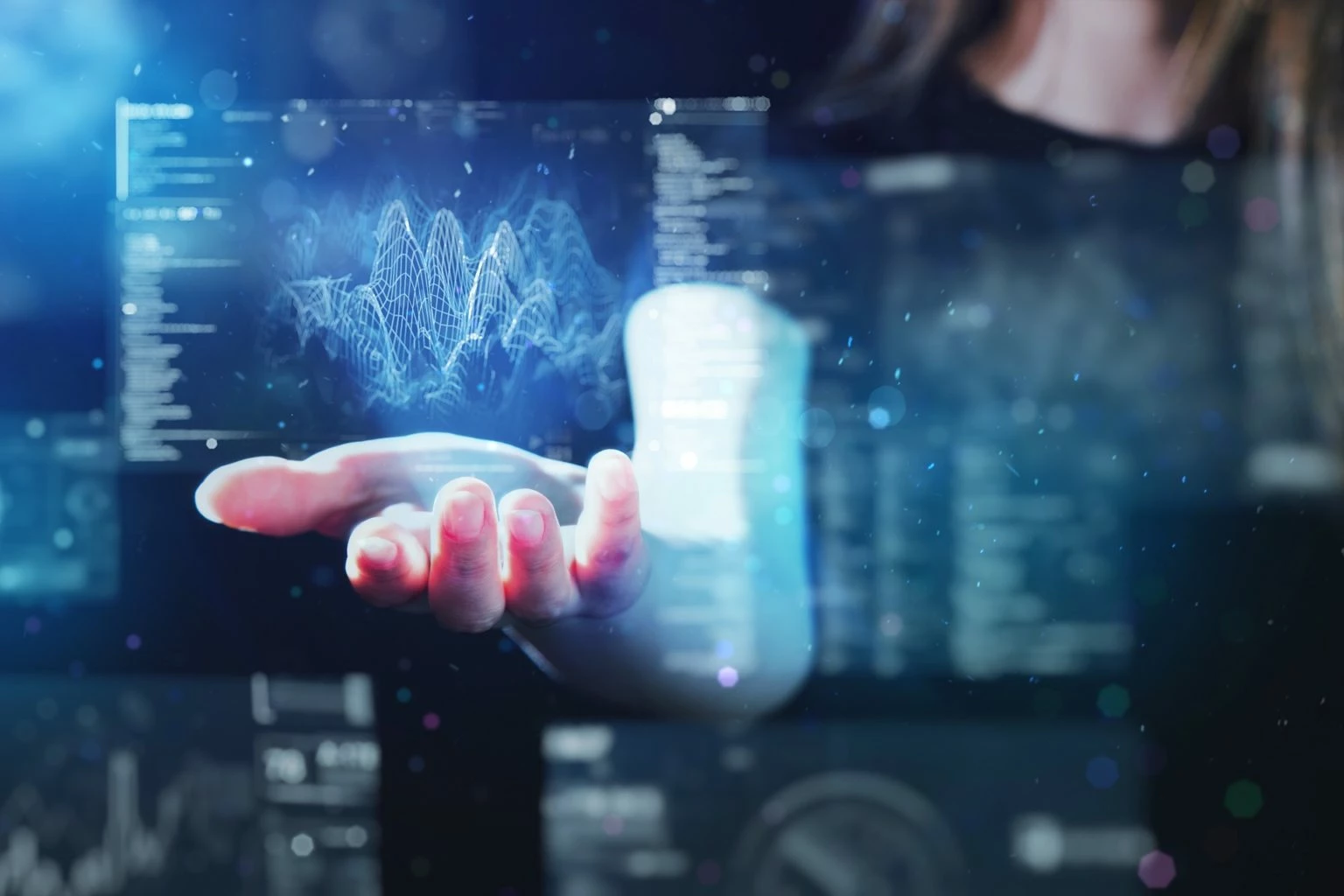Today, payment terms between buyer and seller are usually somewhere between 30-120 days, based on the operating industry, goods and relationship. The possibilities to automate cash flows and payments can help decrease the amount of outstanding receivables significantly. When the infrastructure between banks and the trading parts are more developed, working capital can be improved through financing as well as claiming payments.
The move from financing the cost of the asset to the use of the asset, and the move from financing 30-120 days to financing the wear and tear, provides banks with deep insight into expected use and the financial situation of companies. A bank would instantly know if a company is not able to make a payment and whether there is a risk of default that can be detected before it happens.
One concept that may be interesting to look at is what is known as the ‘car as a service’ model. This relates to using connected cars with IoT data capabilities to understand how the car is being used and by how much, so that drivers can be charged based on real usage of the car rather than an estimate, which is usually the case with traditional leasing models.
In the future, a consumer should be able to buy a new car by creating a contract that states “I would like to operate the car and here are the conditions that I will fulfil” with most of the actual payment being based on the actual usage and depreciation of the asset, in this case the car. The change to the traditional leasing model is first of all simplifying the value chain in terms of distribution, but also simplifying the value chain in terms of maintenance. The car manufacturer could theoretically, in the very same way as Rolls Royce managed for airplane engines, take over the maintenance and ownership of the car as the best possible entity to make sure the most lifetime value is derived from it.
The consumer can also be charged not only based on the kilometres that they have driven, but also on other sustainable principles such as safe and economical driving. The safer and more environmentally friendly they drive, the less they pay, for example. This would not only be a benefit for the overall value of the car but also from a broader perspective, especially if the car manufacturer is interested in promoting safe driving, this is a very concrete way they could actually make that happen.




